Incomplete list of links to seismic/natural disaster reports from around the Pacific Ring of Fire, as of Gregorian 28 May 2020:
CANADA: “There are volcanoes in Canada….. all on the West Coast.”
ECUADOR: Alert level raised for Sangay Volcano!
FIJI: 6.5 magnitude quake.
GUATEMALA: Video shows man running towards erupting volcano!
HONDURAS:
On 20MAY2021, it was revealed that U.S. taxpayers helped fund a new helicopter landing pad in Tegucigalpa, it is intended for disaster response use.
INDONESIA: Mount Sinabung’s recent volcanic eruption, why it happened and who are at risk.
JAPAN: 5.1 mag quake.
Scientists just dug the deepest ocean hole in history.
U.S. Marine Corps personnel with Combat Logistics Battalion 31, 31st Marine Expeditionary Unit conduct disaster relief (humanitarian assistance) training on Camp Hansen, Okinawa, 19-21MAY2021.
MEXICO: Tallest volcano in the world.
NEW ZEALAND: Triple Tsunami recorded!
PERU: 5.3 mag quake.
TONGA: 5 magnitude quake.
UNITED STATES: A Volcanic Eruption In The Southwest U.S. Could Surprise Us Soon.
Alaska; USGS issues ‘Red’ warning for Great Sitkin Volcano.
“…the largest chemical, biological, radiological, and nuclear exercise held in Alaska.”-Colonel Anthony Mortrud, Alaska National Guard
National Guard units from several states (Alaska, California, Connecticut, Colorado, Idaho, Ohio, Oregon, Rhode Island, South Carolina, South Dakota, Washington and Wisconsin) conducted a massive disaster response exercise between 17th and 20th of May. At least 250 people took part in what was called Exercise ORCA 2021:
California; Rare tsunami danger threatens San Diego coast, experts warn it could destroy businesses (no duh).
Lake Tahoe continues to shake.
U.S. Marines assigned to 2nd Battalion, 4th Marines, 1st Marine Division, conduct a simulated earthquake/disaster Noncombatant Evacuation Operation (NEO) 16MAY2021, on Joint Forces Training Base Los Alamitos, California.
Hawaii; “I think we would expect signs of repressurization…”
Utah;
Utah Army National Guard’s Camp Williams was the site of the U.S. Army Reserve’s Exercise Vibrant Response 21. The training was meant to test the ability of headquarters (administration) units to respond to natural disasters.
Pacific Ring of Fire, 08-14 March 2020: 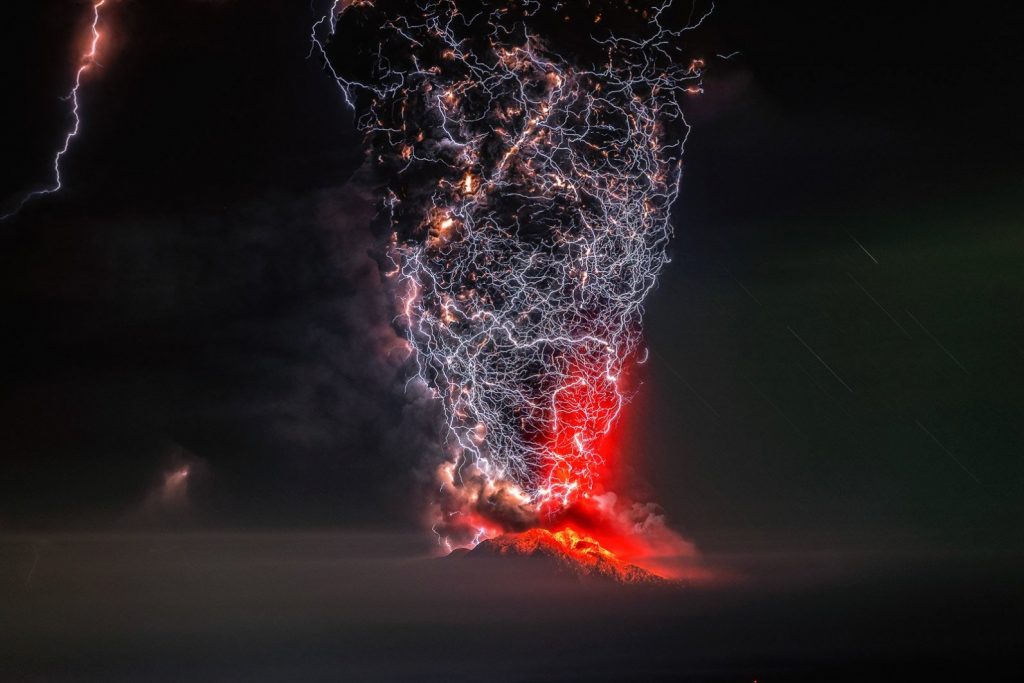 THE PERFECT FEAR
THE PERFECT FEAR

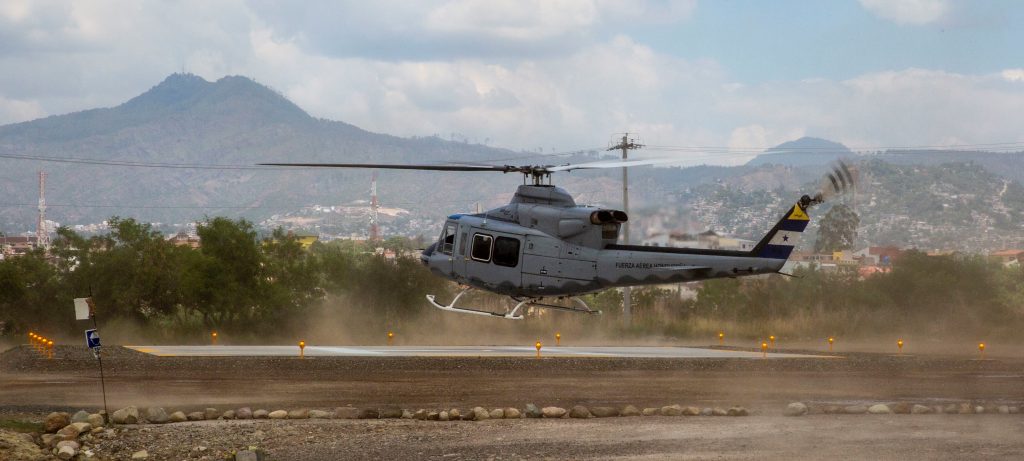

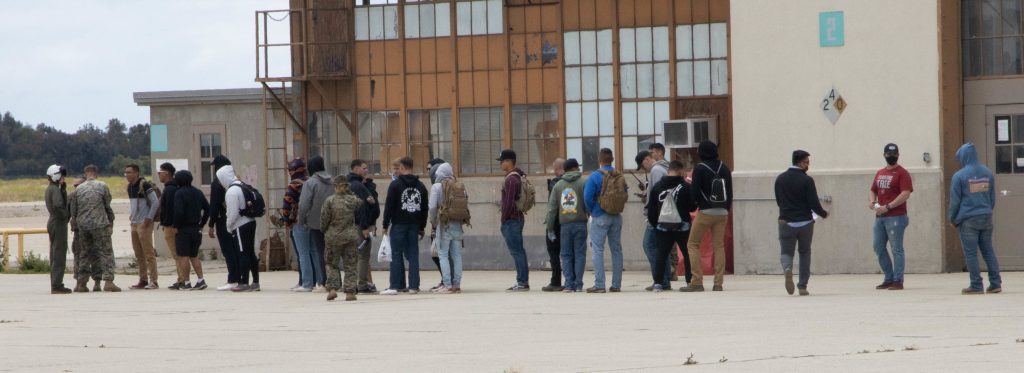
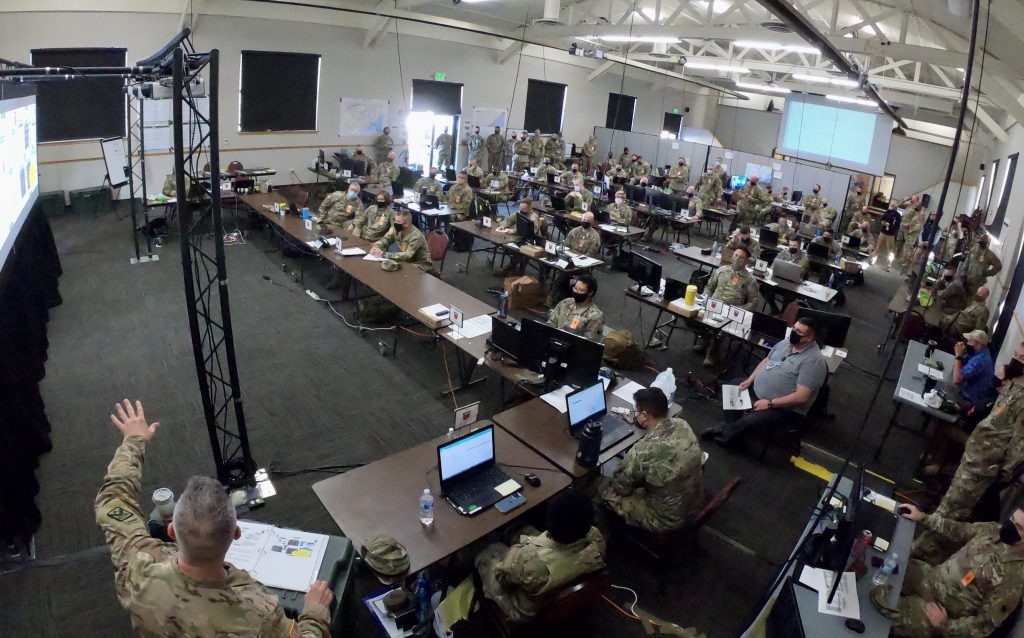

 USN SeaBees build ‘environmental enclosures’ at Marine Corps Air Station Iwakuni, the enclosures are meant to provide people with a place to shelter from sudden “hostile weather conditions”. The project began in October 2019 and is still ongoing.
USN SeaBees build ‘environmental enclosures’ at Marine Corps Air Station Iwakuni, the enclosures are meant to provide people with a place to shelter from sudden “hostile weather conditions”. The project began in October 2019 and is still ongoing. Thai health inspectors check arriving U.S. military personnel for signs of CoViD-19 (CoronaVirus Disease 2019), 24FEB2020.
Thai health inspectors check arriving U.S. military personnel for signs of CoViD-19 (CoronaVirus Disease 2019), 24FEB2020.


 U.S. Army Corps of Engineers spending at least U.S.$16-million to repair a breach in the Buffalo North Breakwater, which was caused by the Halloween Night Storm last year.
U.S. Army Corps of Engineers spending at least U.S.$16-million to repair a breach in the Buffalo North Breakwater, which was caused by the Halloween Night Storm last year. Altus Air Force Base is experimenting with a new cheaper way to clean-up its ground water, called a ‘bio-wall’ (‘bioreactors’ filled with locally sourced micro-organisms): “The purpose of the bio wall is to degrade the manmade contaminates currently found in the groundwater and break them down into naturally found elements. The bio walls act like a big water filter that is 30 feet underground. As the water flows through the wall, we are purifying it from the potentially harmful chemicals that were put in the ground a long time ago.”-Mary Bitney, Altus AFB Remedial Project Manager
Altus Air Force Base is experimenting with a new cheaper way to clean-up its ground water, called a ‘bio-wall’ (‘bioreactors’ filled with locally sourced micro-organisms): “The purpose of the bio wall is to degrade the manmade contaminates currently found in the groundwater and break them down into naturally found elements. The bio walls act like a big water filter that is 30 feet underground. As the water flows through the wall, we are purifying it from the potentially harmful chemicals that were put in the ground a long time ago.”-Mary Bitney, Altus AFB Remedial Project Manager

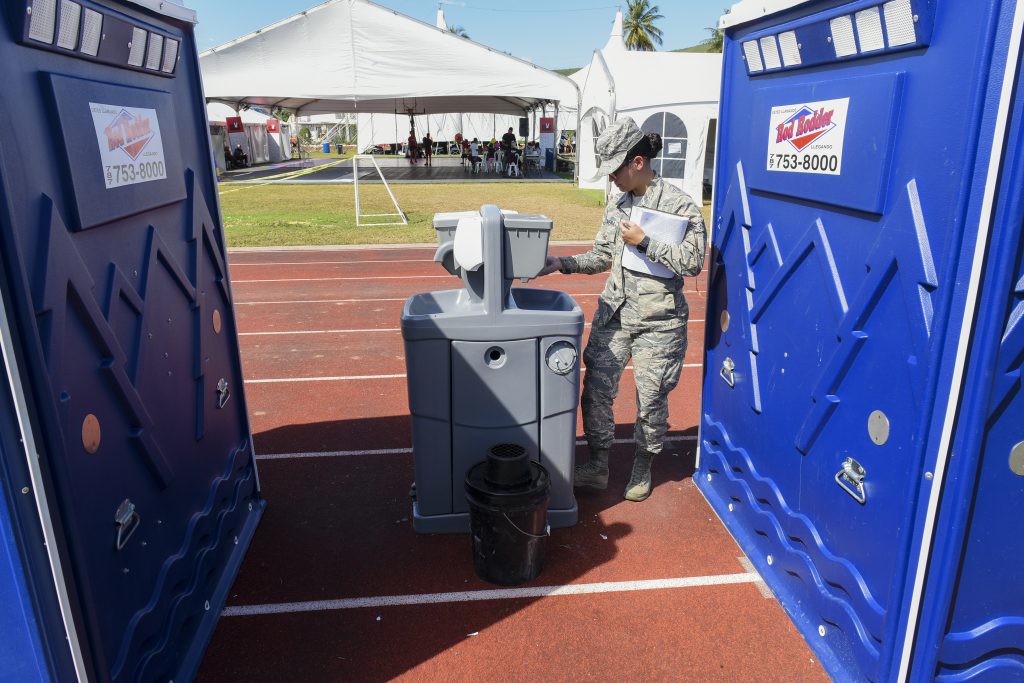

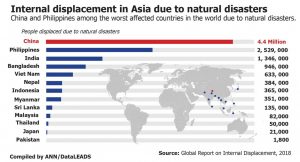

 Washington National Guard also showed-off its disaster response communications equipment, along with AT&T’s First Net.
Washington National Guard also showed-off its disaster response communications equipment, along with AT&T’s First Net.
 15 personnel heading to operations with U.S. Africa Command (USAfriCom) went through humanitarian aid training at Kelley Barracks/Helenen-Kaserne: “We provide training to units like AfriCom to prepare them for when they might be called to provide humanitarian assistance to help the allies and partners that are within their area of operations as opposed to other military operations which are their main mission.”-Jenny Caruso, Humanitarian Assistance Response Training manager
15 personnel heading to operations with U.S. Africa Command (USAfriCom) went through humanitarian aid training at Kelley Barracks/Helenen-Kaserne: “We provide training to units like AfriCom to prepare them for when they might be called to provide humanitarian assistance to help the allies and partners that are within their area of operations as opposed to other military operations which are their main mission.”-Jenny Caruso, Humanitarian Assistance Response Training manager It was revealed that the U.S. Army Corps of Engineers held a training session on how to deal with a “hypothetical scenario” with Youghiogheny River Lake, in Pennsylvania.
It was revealed that the U.S. Army Corps of Engineers held a training session on how to deal with a “hypothetical scenario” with Youghiogheny River Lake, in Pennsylvania. Puerto Rico’s Air National Guard’s (PRANG) 156th Mission Support Group are the ‘gateway’ for all U.S. military support entering the territory for quake relief. The above pic shows PRANG personnel explaining the Joint Reception, Staging, Onward Movement and Integration process at Muñiz Air National Guard Base.
Puerto Rico’s Air National Guard’s (PRANG) 156th Mission Support Group are the ‘gateway’ for all U.S. military support entering the territory for quake relief. The above pic shows PRANG personnel explaining the Joint Reception, Staging, Onward Movement and Integration process at Muñiz Air National Guard Base. Federal Emergency Management Agency (FEMA) conducted ‘door-to-door’ wellness checks in Yauco, Puerto Rico, 19JAN2020.
Federal Emergency Management Agency (FEMA) conducted ‘door-to-door’ wellness checks in Yauco, Puerto Rico, 19JAN2020.




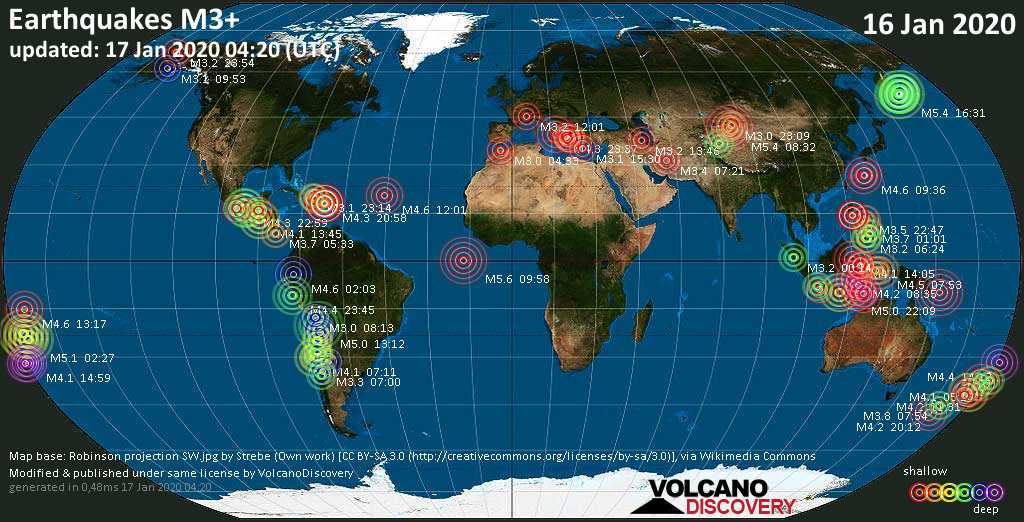
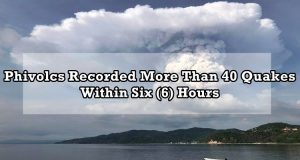
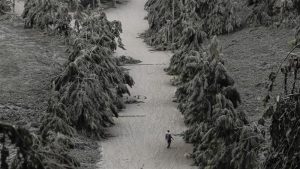
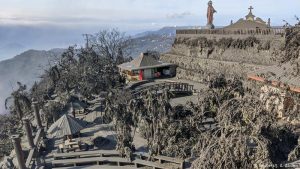
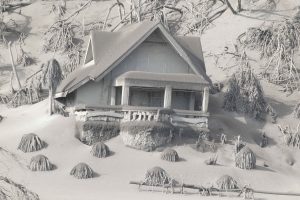
 Pic by Cassandra Eichner of a Pyrocumulonimbus Cloud (PyroCB) taken over the Pacific Northwest on 08AUG2019, during the
Pic by Cassandra Eichner of a Pyrocumulonimbus Cloud (PyroCB) taken over the Pacific Northwest on 08AUG2019, during the
 On 12JAN202, the USAF at Maxwell Air Force Base, Alabama, evacuated personnel on at least five C-130 aircraft due to an impending storm. The operation is known as a Weather Evacuation (WX Evac).
On 12JAN202, the USAF at Maxwell Air Force Base, Alabama, evacuated personnel on at least five C-130 aircraft due to an impending storm. The operation is known as a Weather Evacuation (WX Evac).




